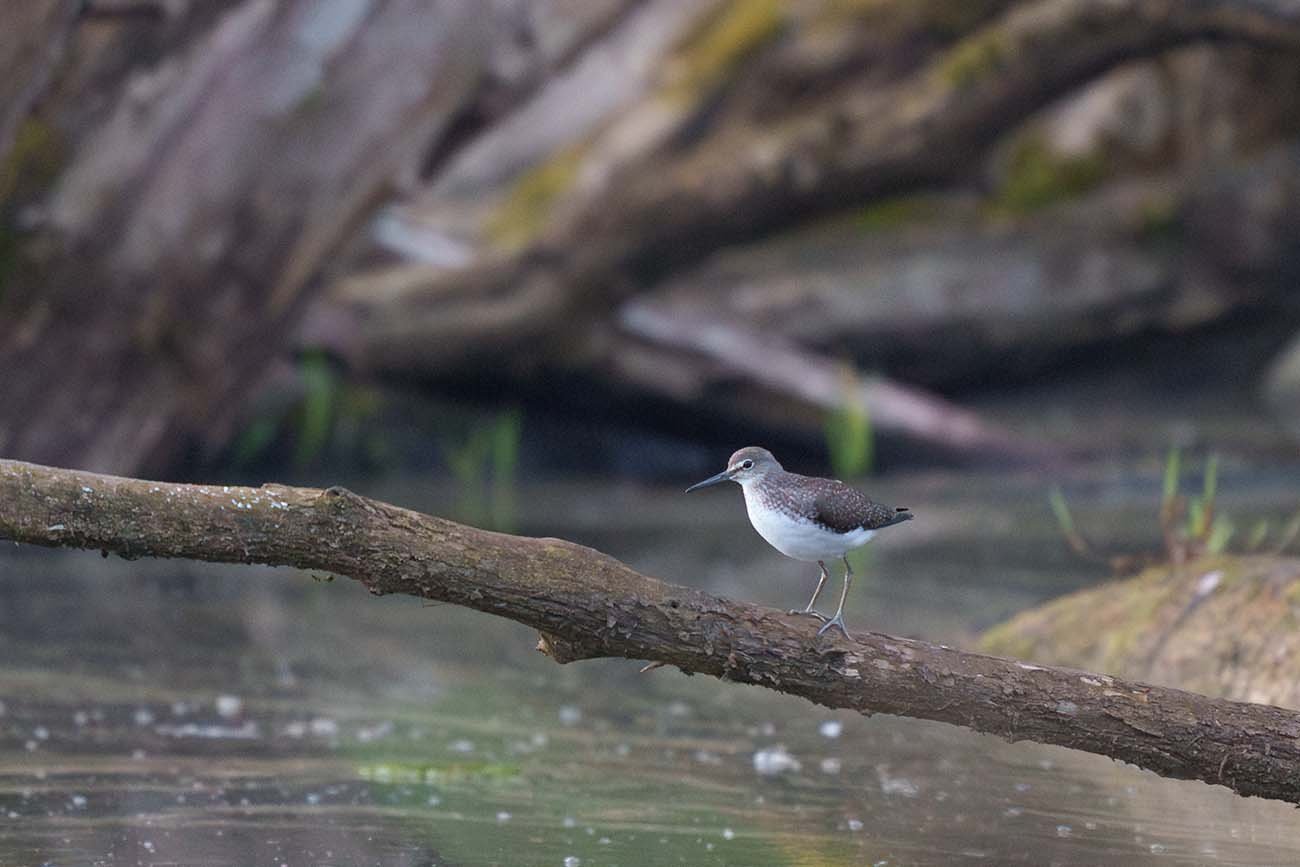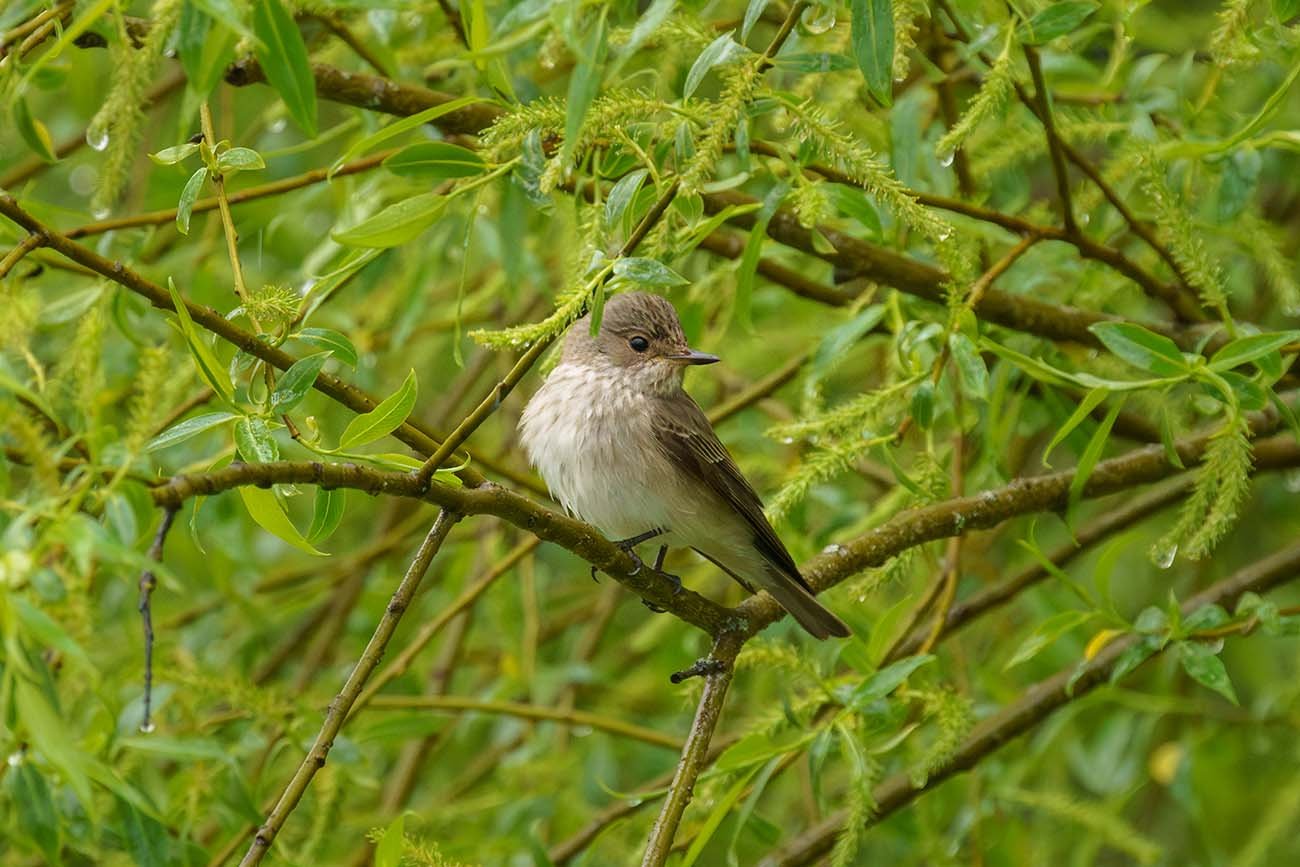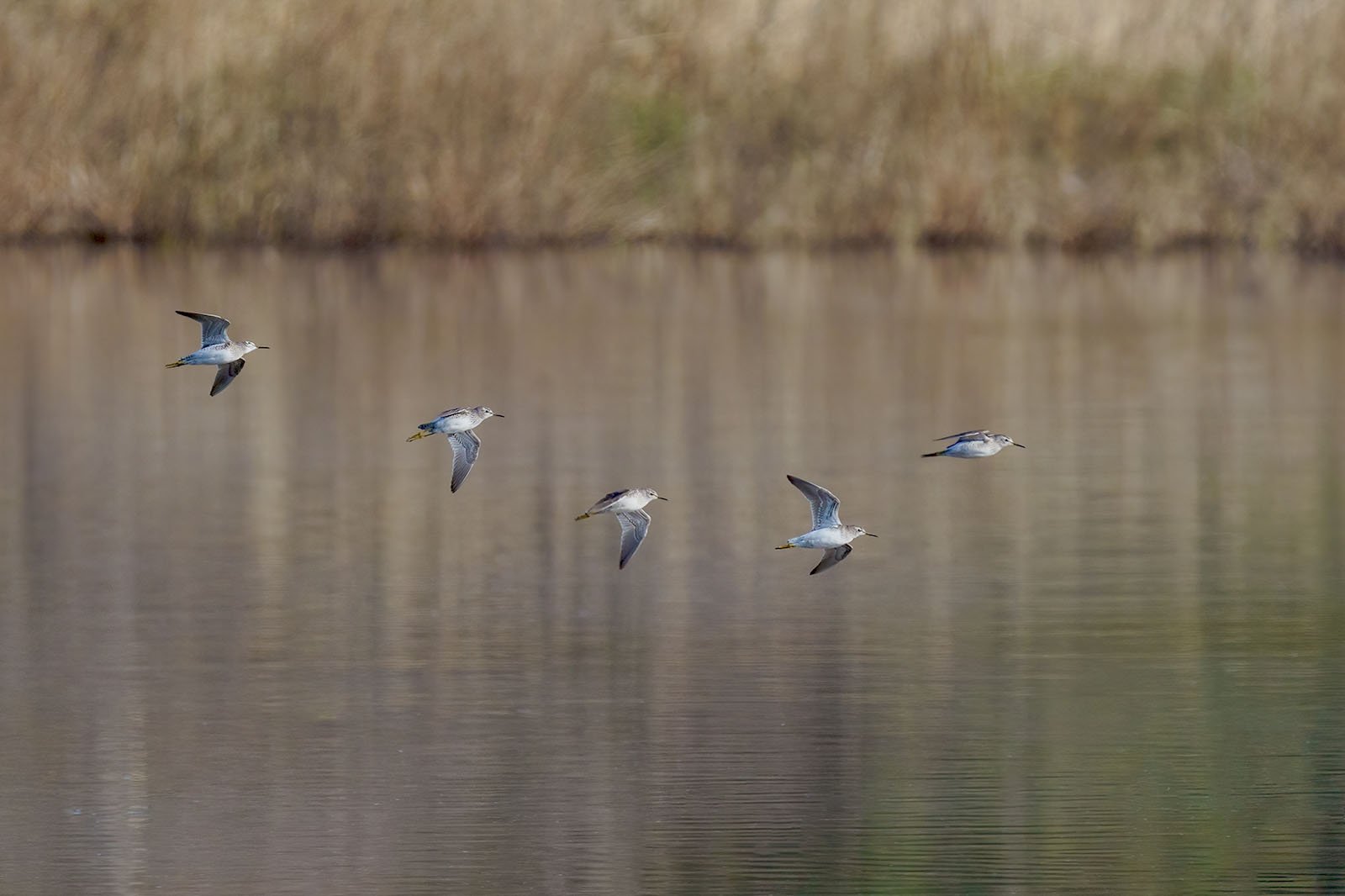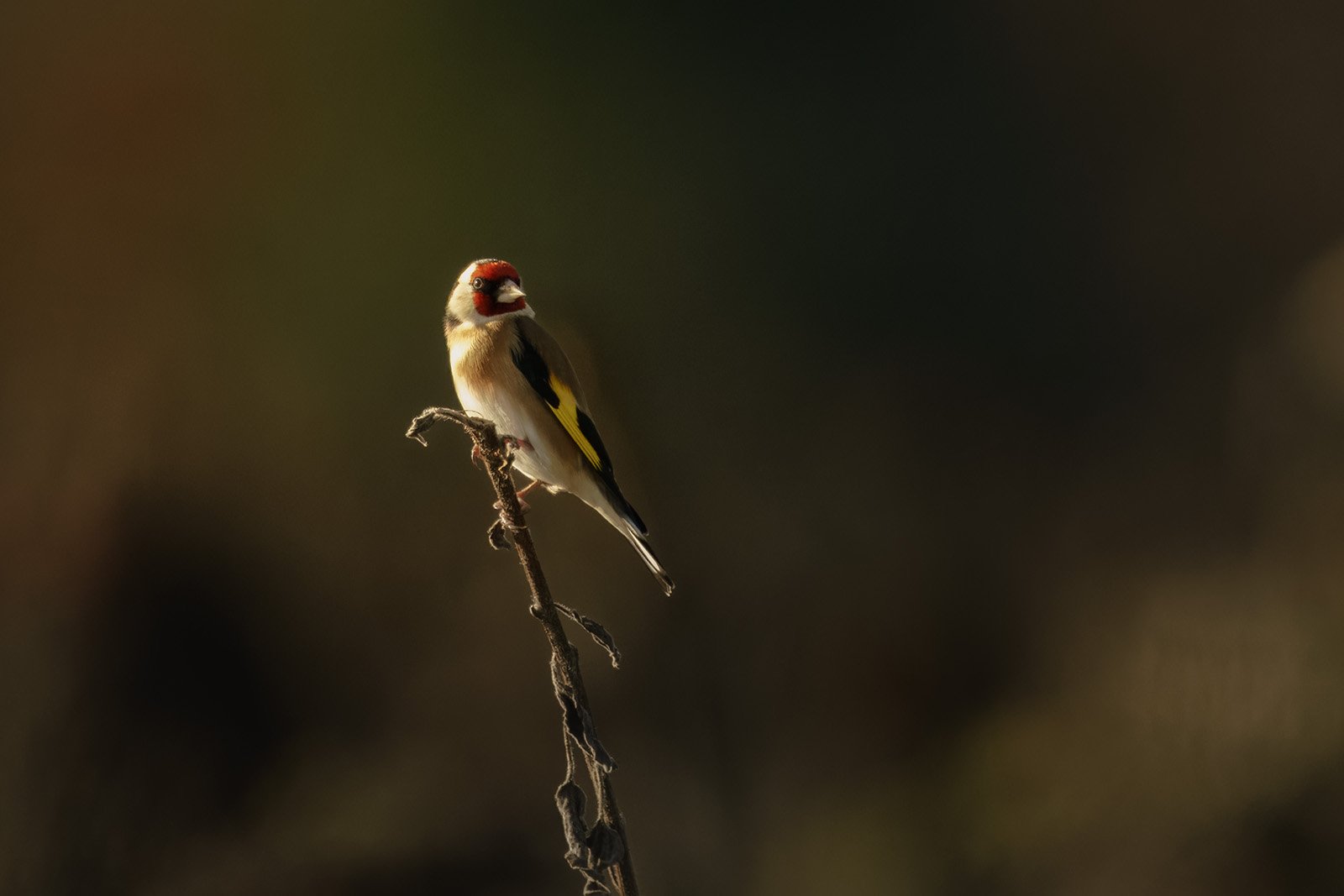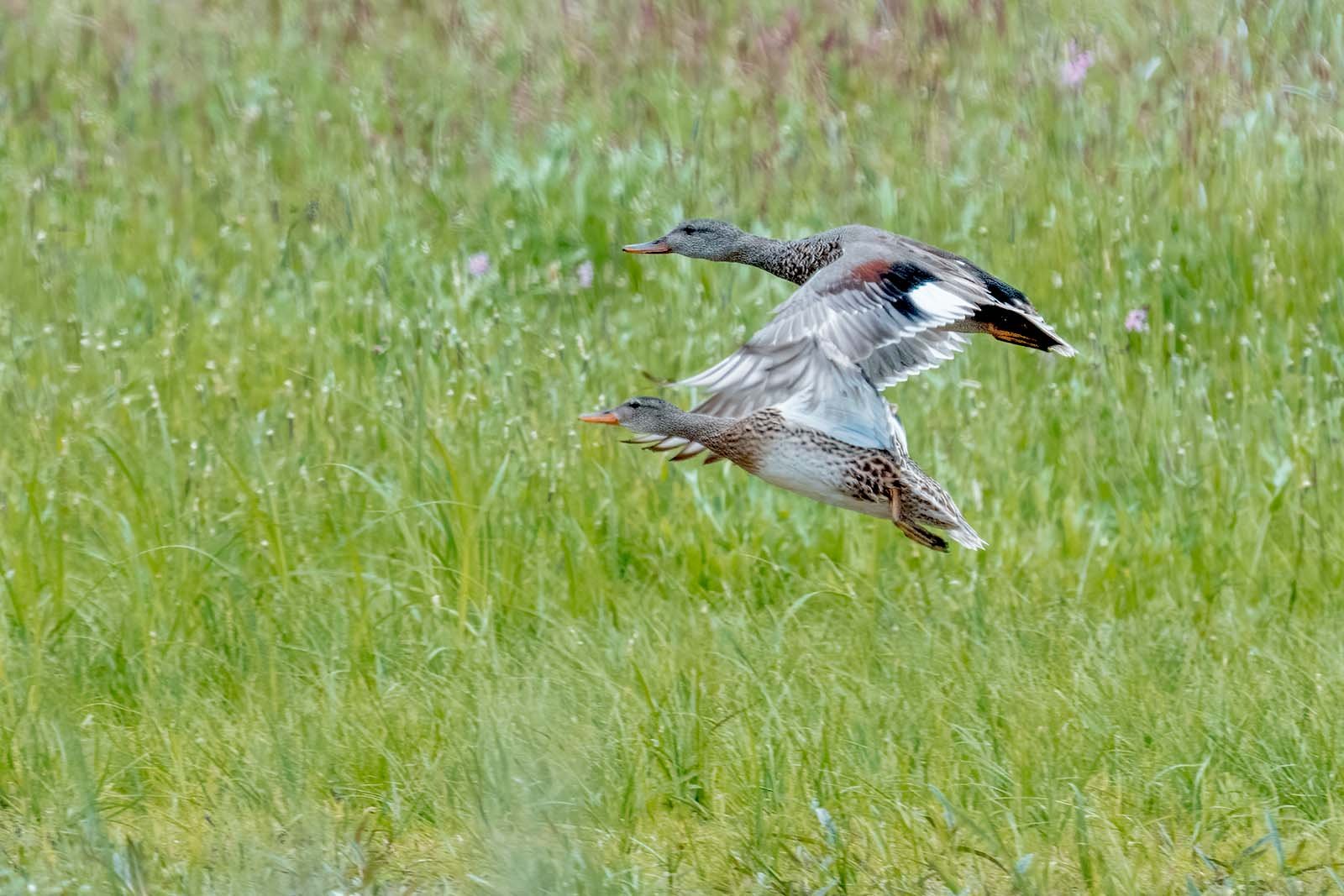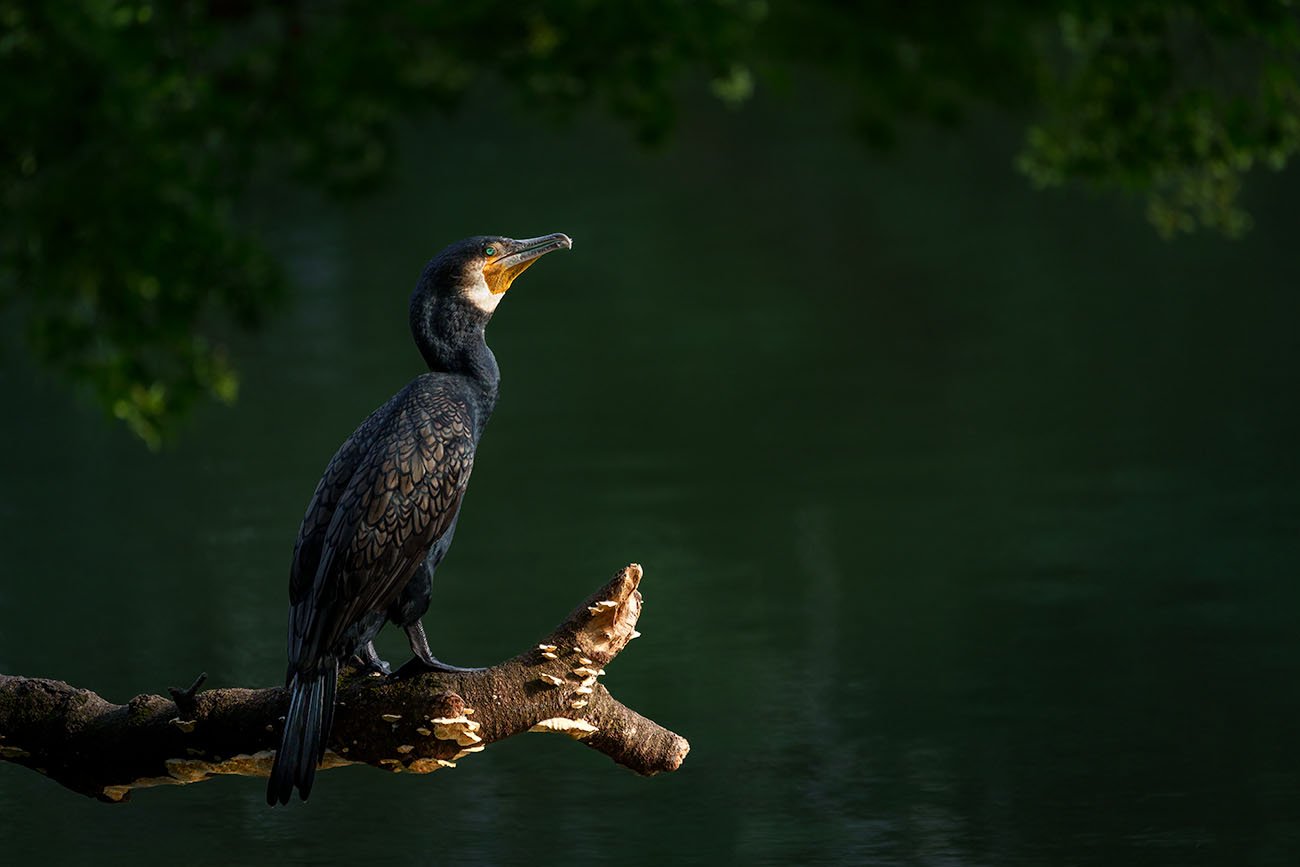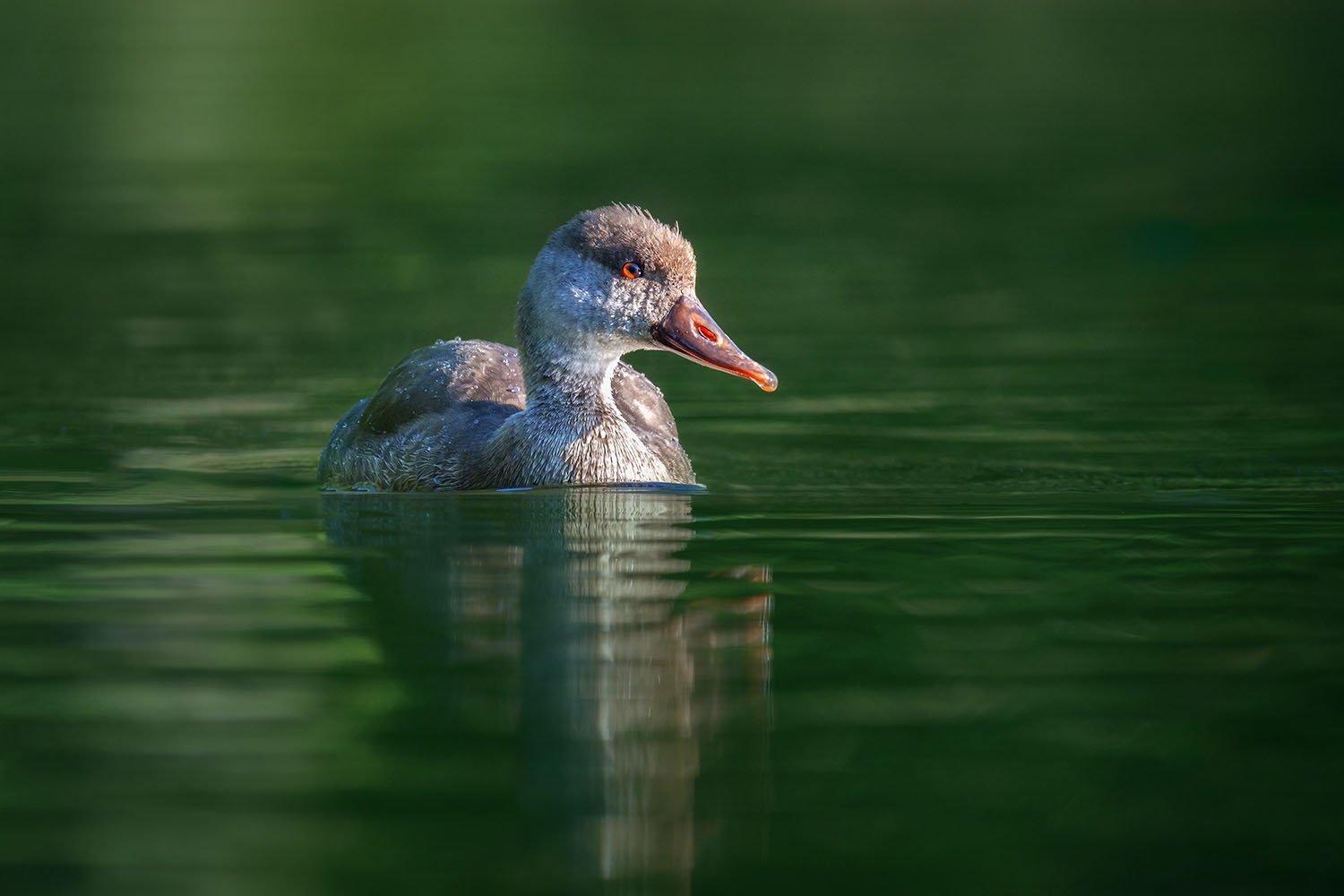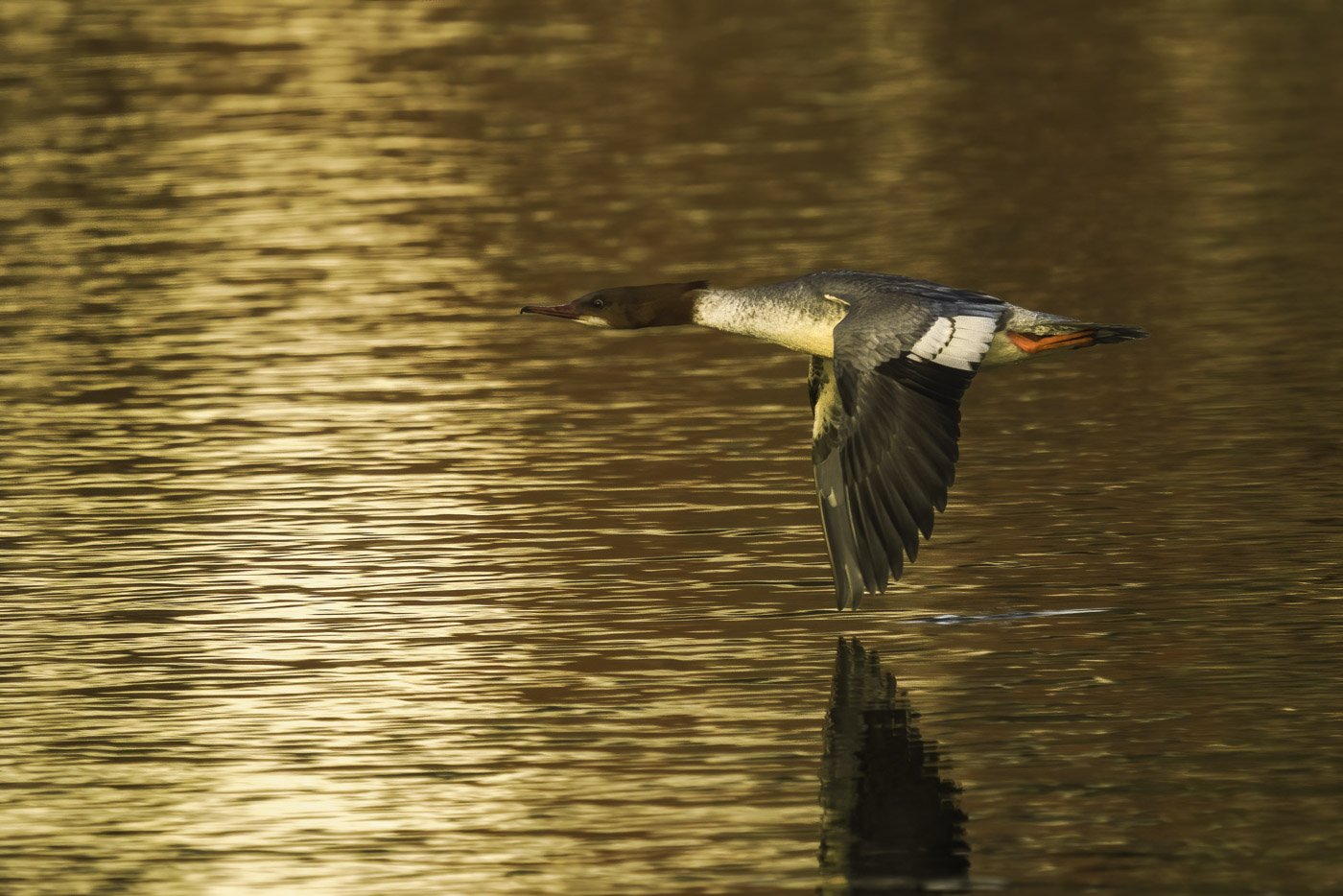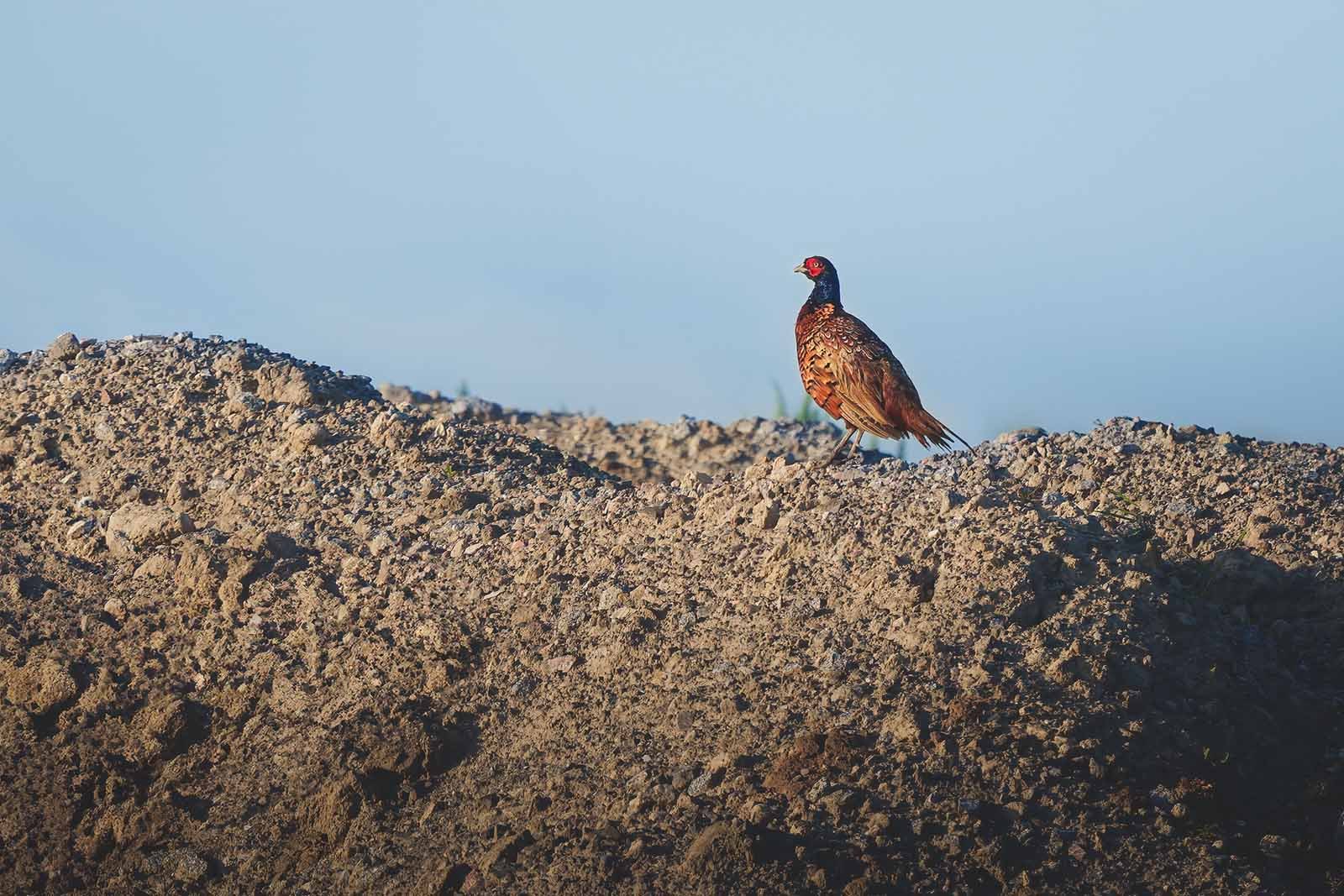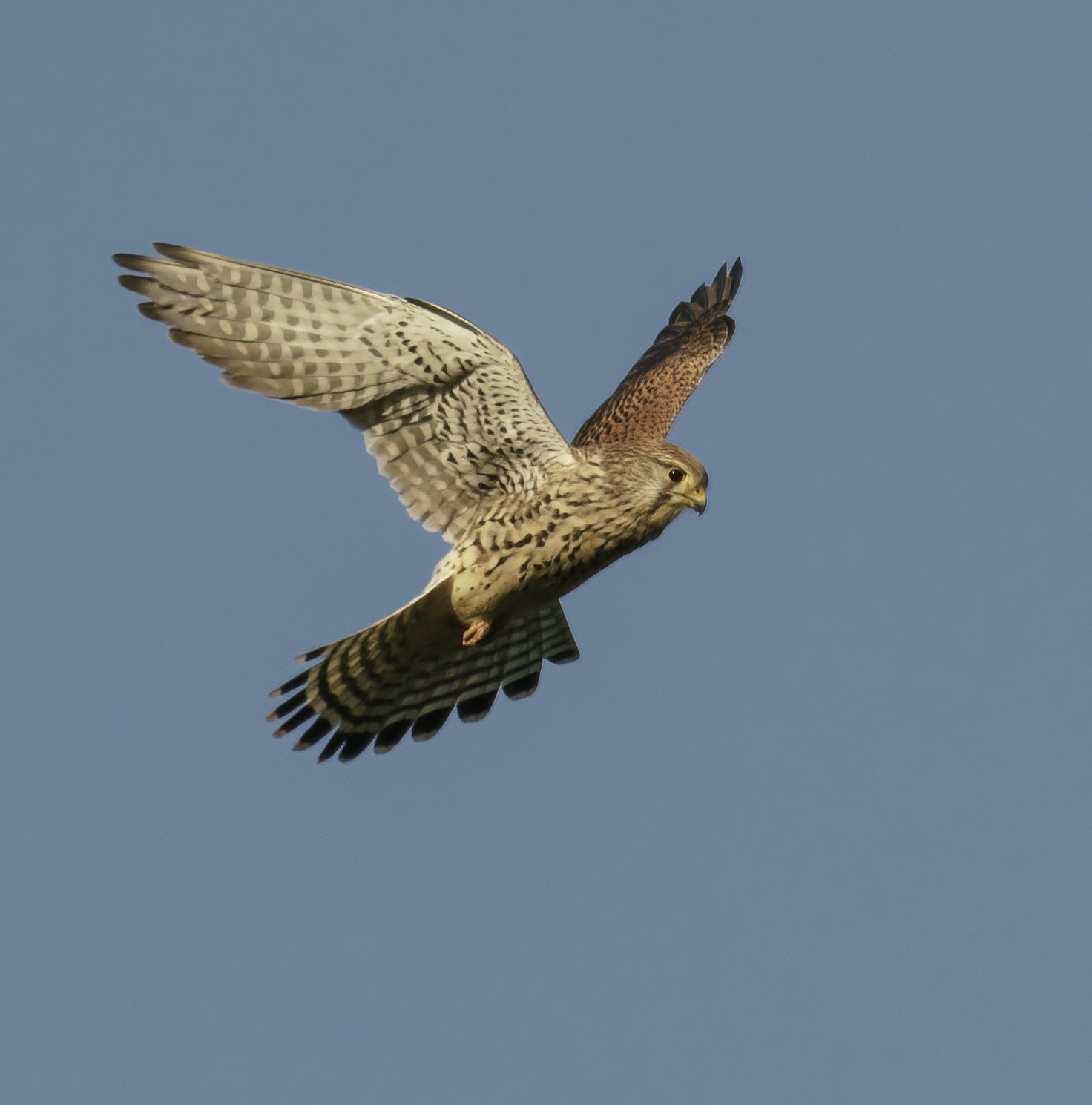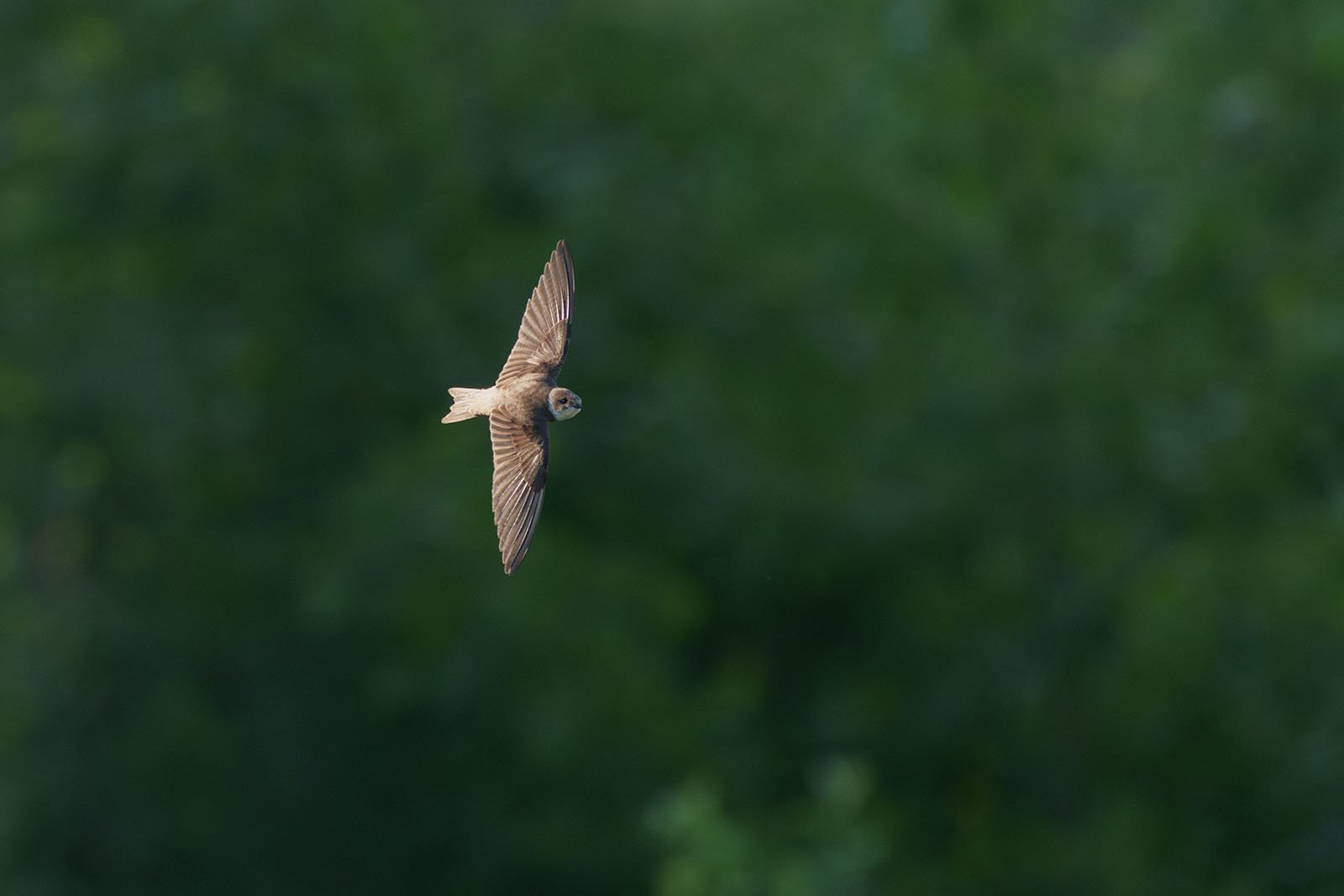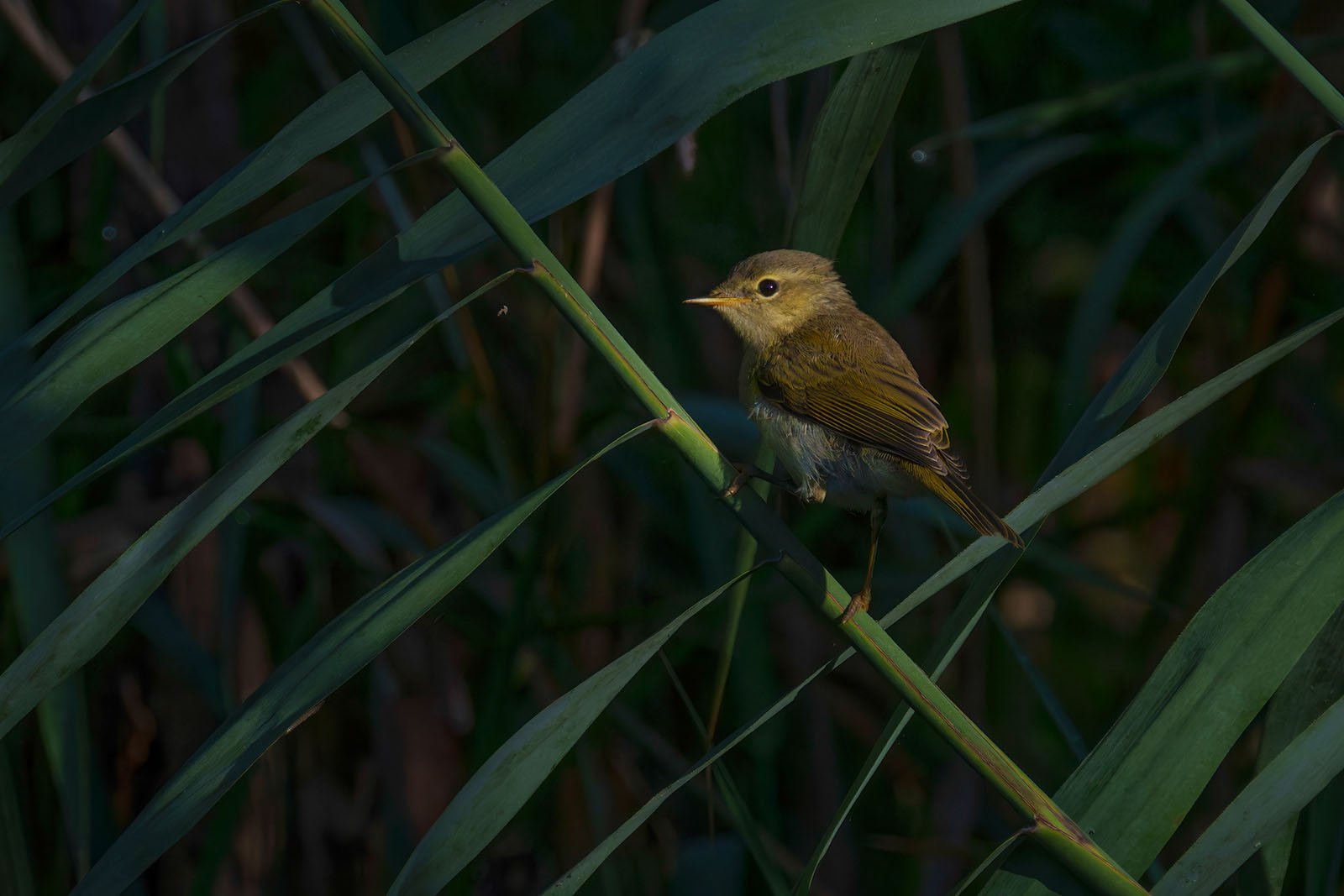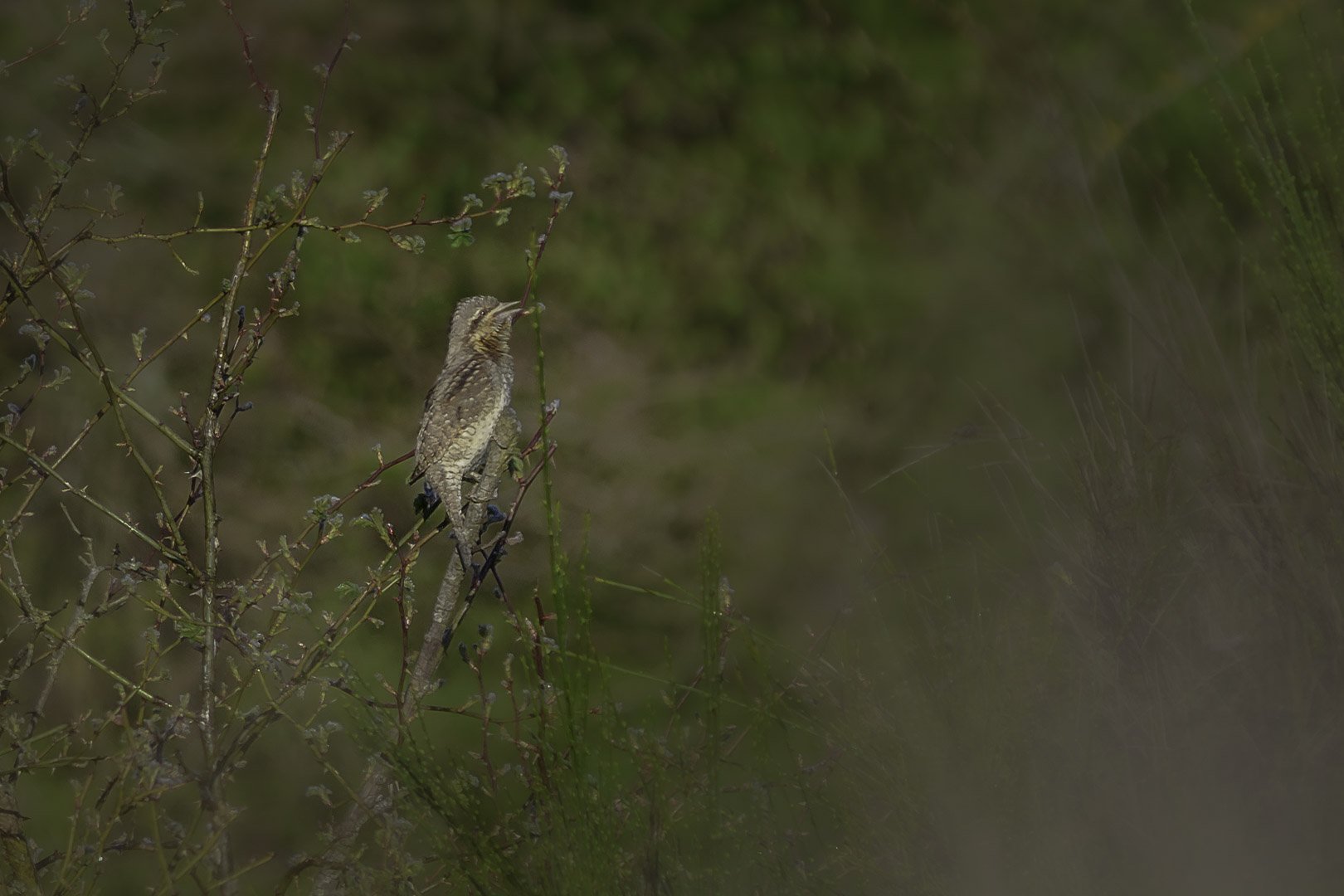Green sandpiper (Tringa ochropus)
Green sandpiper (Tringa ochropus)
Green Sandpiper – The Hidden Hunter of Wetlands
The Green Sandpiper (Tringa ochropus) is a shy wader that prefers hidden waters. Discover how it lives, hunts, and why it is the only wader in Europe that nests in trees.
At a Glance
- Size: 20–24 cm
- Habitat: Wet forests, marshes, tree-lined water bodies
- Breeding Behavior: Uses abandoned bird nests (mostly from thrushes)
- Diet: Insects, worms, small fish
- Flight Pattern: White rump, dark wings – unmistakable
Key Facts
- Scientific Name: Tringa ochropus
- Family: Sandpipers (Scolopacidae)
- Distribution: Europe, Asia
- Wintering Grounds: Ice-free waters of Central Europe
- Special Feature: The only European wader that nests in trees
Table of Contents
- Introduction
- Identification
- Habitat & Distribution
- Breeding – Nesting on the Ground or in Trees?
- Diet & Hunting Technique
- Distinctive Flight Pattern
- Frequently Asked Questions
Introduction – A Bird Full of Surprises
A wader that nests in trees? That’s unique in Europe! The Green Sandpiper is a master of camouflage—shy, quick, and different from most waders in one crucial way: it doesn’t lay its eggs on the ground but instead uses abandoned nests of other birds.
How does this survival expert live? Where can you spot it? And how can you recognize it instantly? Find out here.
Identification – What It Looks Like
- Size: 20–24 cm – about the size of a blackbird
- Body Shape: Compact, with relatively short legs
- Plumage:
- Dark upperparts with fine white speckles
- Light underparts
- Face: No distinct eyebrow stripe (unlike similar species)
- Flight Pattern: White rump, dark wings – its signature feature
Tip for Identification: Look for the white rump in flight—it stands out clearly against the dark wings.
Habitat & Distribution – Where It Feels at Home
The Green Sandpiper is a secretive bird, favoring quiet, wet areas surrounded by trees.
Breeding Areas:
- Wet forests, marshes, and tree-lined water bodies
- Most commonly found in northeastern Germany
Wintering Grounds:
- Stays in Central Europe but only in ice-free waters
Unlike many waders that migrate long distances, the Green Sandpiper often remains near its breeding grounds.
Breeding – Nesting on the Ground or in Trees?
The Green Sandpiper has a very unusual breeding strategy.
- Nest Location: Abandoned nests of thrushes and other songbirds
- Breeding Season: April to June
- Clutch Size: Three to four eggs
- Parental Care: Both parents tend to the chicks
Why Does It Nest in Trees?
- Protection from damp conditions
- Fewer attacks from ground predators
- Saves energy—no need to build a nest
It is the only European wader to adopt this unique nesting strategy.
Diet & Hunting Technique – A Quick Hunter
The Green Sandpiper is a fast and efficient forager, perfectly adapted to its environment.
Diet:
- Insects and larvae
- Spiders, worms, and snails
- Small crustaceans and fish
Hunting Technique:
- Rapid movements along the shore and in shallow water
- Strikes quickly at prey
Observation Tip: It often bobs its hindquarters while foraging along the water’s edge.
Distinctive Flight Pattern – The White Rump as a Signature
Once in the air, the Green Sandpiper is easy to identify.
Flight Pattern:
- White rump stands out
- Dark wings create a strong contrast
- Toes barely extend beyond the tail (unlike similar species)
Call:
- Loud “klüiet-wit-wit” sound, often heard during takeoff
Tip for Identification: If you see a small wader with a white rump taking off from the shore, you’ve likely spotted a Green Sandpiper.
Frequently Asked Questions (FAQ)
How can I recognize it most easily?
Look for the white rump and dark wings—its unmistakable signature features.
Why does it nest in other birds’ nests?
This saves energy and protects against ground predators.
Where does it stay in winter?
In Central Europe, but only in ice-free waters.
Is the Green Sandpiper endangered?
No, but the drainage of wetlands poses a threat to its habitat.
Where can I observe it in Germany?
Especially in northeastern Germany and along wet forest edges.
Conclusion – A Master of Adaptation
The Green Sandpiper is no ordinary wader. Its ability to nest in trees, its clever hunting techniques, and its distinctive flight pattern make it a fascinating bird for keen observers.
If you want to spot one, watch for its signature white rump in flight—you won’t miss it!


